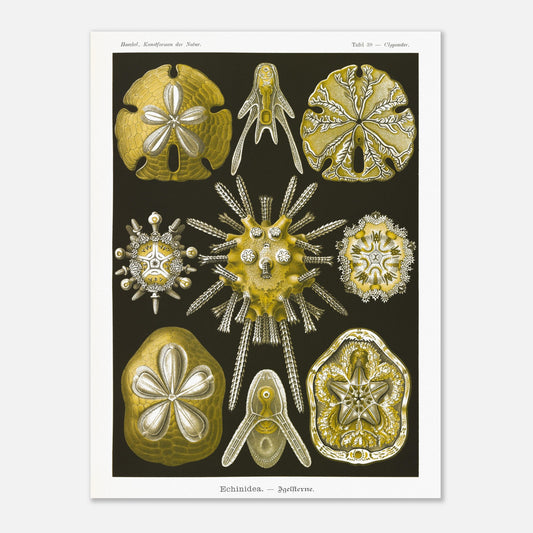Sea urchins - Zoological and botanical plate - Ernst Haeckel, Kunstformen der Natur
Sea urchins - Zoological and botanical plate - Ernst Haeckel, Kunstformen der Natur
Couldn't load pickup availability
Reproduction engraving of: Sea urchins
Original title Echinidea - Igelsterne
Poster of Clypeaster - Echinoderms of the class Sea Urchins (Order Clypeasteridae)
Illustration from the book Kunstformen der Natur, which is a collection of artistic lithographs of natural sciences published by the German biologist Ernst Haeckel between 1899 and 1904.
This naturalistic illustration is part of an overall style inspired by Ernst Haeckel, which greatly influenced the emerging Art Nouveau movement at the beginning of the 20th century. This work, illustrating the impressive beauty and great diversity of the biological world, was complemented by a certain amount of scientific information, some excerpts of which are reproduced below.
This information is over 120 years old and some of it may be outdated!
Scientific classification:
Phylum Echinoderms (Echinoderma) Main class of Pentorchonia (Pentorchonia) Class of Sea Urchins or Echinoids (Echinidea) Subclass of modern sea urchins (Autechinida) Order of Flower Urchins or Sand Dollars (Clypeastronia)
Scientific notice (extract) accompanying the poster print of Echinidea - Sea urchins :
Flower urchins (Clypeastronians) are a special group of modern sea urchins, distinguished by the formation of a calcareous shell that is both pentaradial and bilaterally symmetrical. On its ventral surface, the mouth, armed with five teeth, is located at the bottom in the center, and behind it, the anus (Figs. 2 and 4). On the dorsal surface, the small pentagonal genital field is located at the top in the center, with five fine genital pores (Figs. 1 and 3). This is surrounded by five fields of ovoid tentacles (ambulacra), which together form a flower-like figure (anthodium); this has the basic shape of a violet. In each of the five petals, two rows of fine pores are visible, from which the numerous tentacles emerge. The calcareous shell is composed in all modern sea urchins of twenty meridional rows of plates, which extend in an arc from the upper to the lower pole of the vertical main axis. Two rows of porous (ambulacral) plates always alternate regularly with two rows of solid (interambulacral) plates. - The juvenile larva of sea urchins (Plutellus, Figs. 5 and 6) has a bilaterally symmetrical structure and still shows no trace of the basic pentaradial form of the adult animal, which develops from it by a very remarkable metamorphosis.
Species present on the naturalist board of Sea urchins - Clypeaster :
- Clypeaster rosaceus
- Encope emarginata
- Echinocyamus pusillus
About this print
About this print
The layout and composition of this reproduction have been the subject of our greatest attention.
- Respect for the format of the original work: in order to faithfully transcribe the artist's intention, the work is not cropped/re-cut except in extreme cases (obvious imperfection, geometry problem, etc.) in which case the cropping will be as light as possible.
- The presence of white margins is sometimes necessary in order to present the work in a balanced manner.
- Each size offered has been specifically composed, therefore, the size of the white margins may vary from one print size to another. Remember to check this detail carefully!
- Print only, frame not included!
Features
Features
- Premium 200gsm matte white paper, durable and strong.
- Natural, smooth uncoated finish, silky to the touch
- FSC certified paper or equivalent certifications depending on regional availability.
- Each print is shipped in sturdy packaging, ensuring safe transport.
- Each print is printed and shipped on demand. No minimum order quantity is required.
Share !
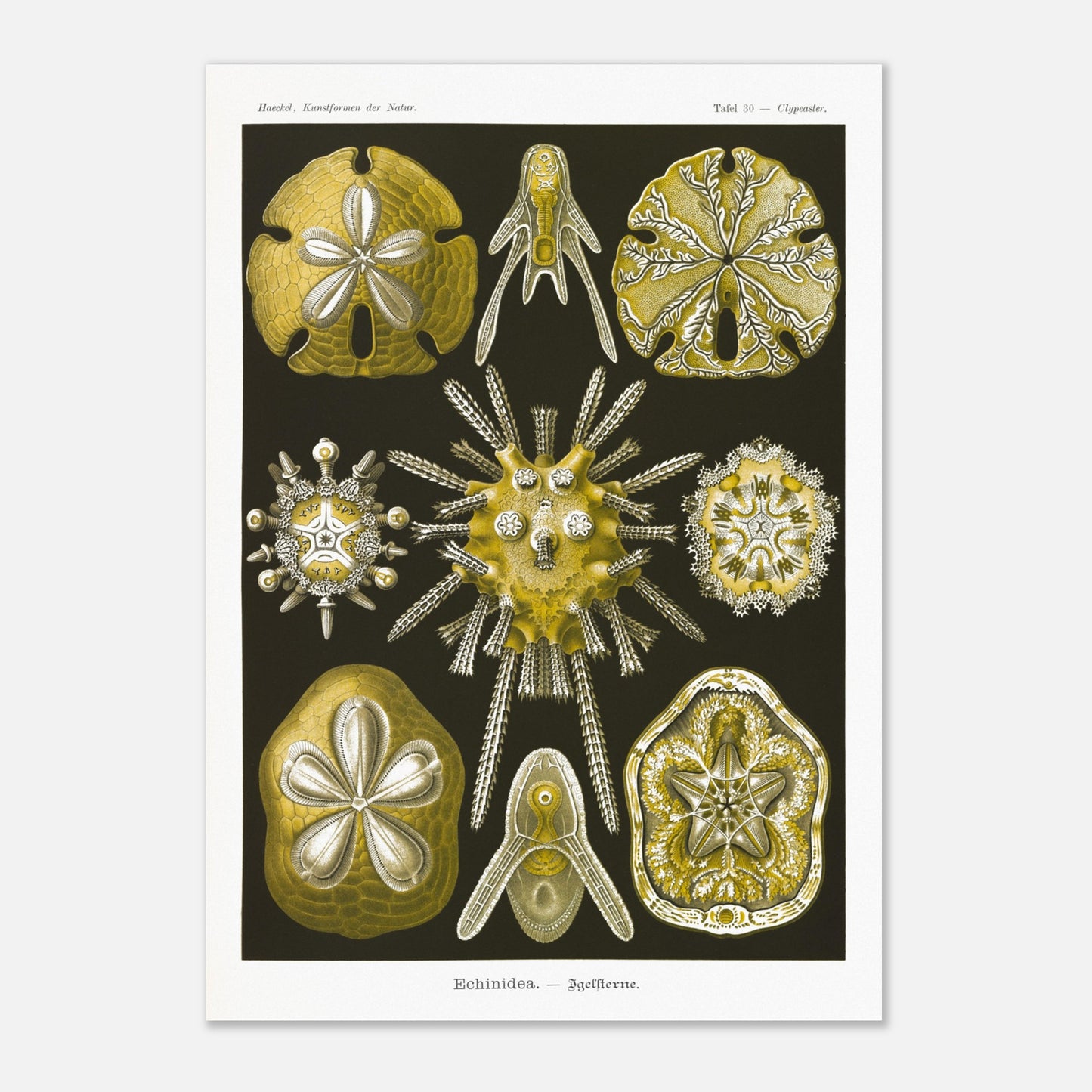
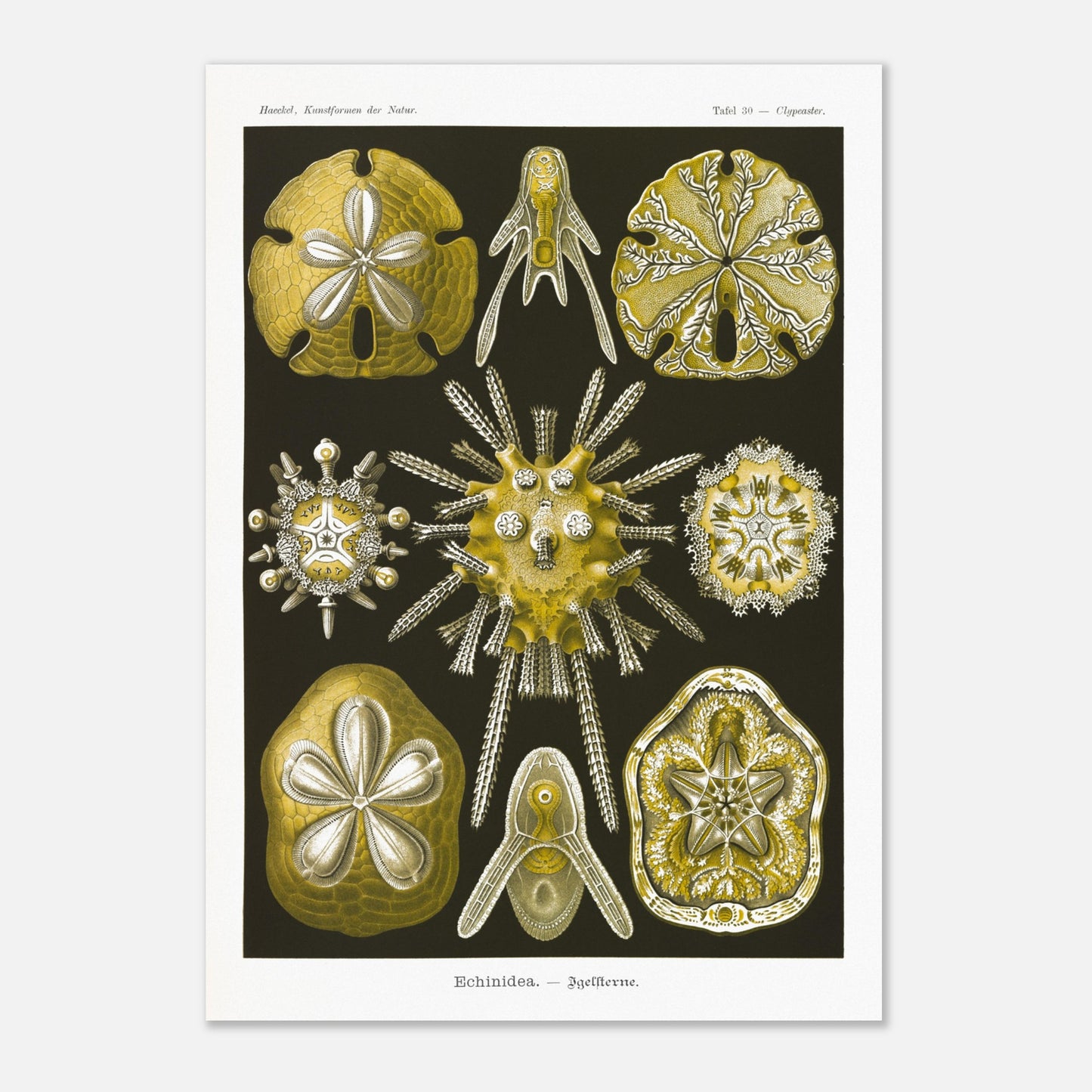
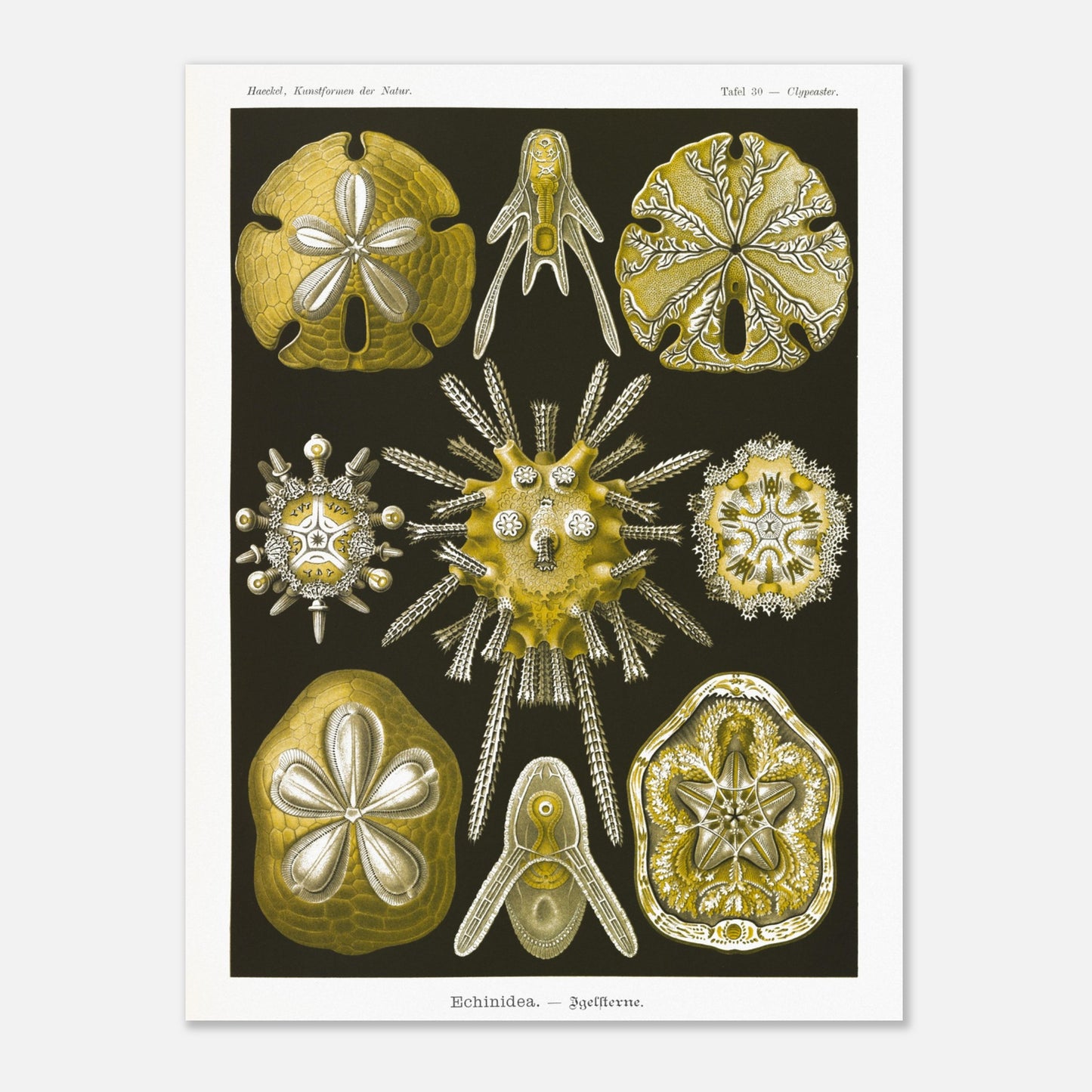
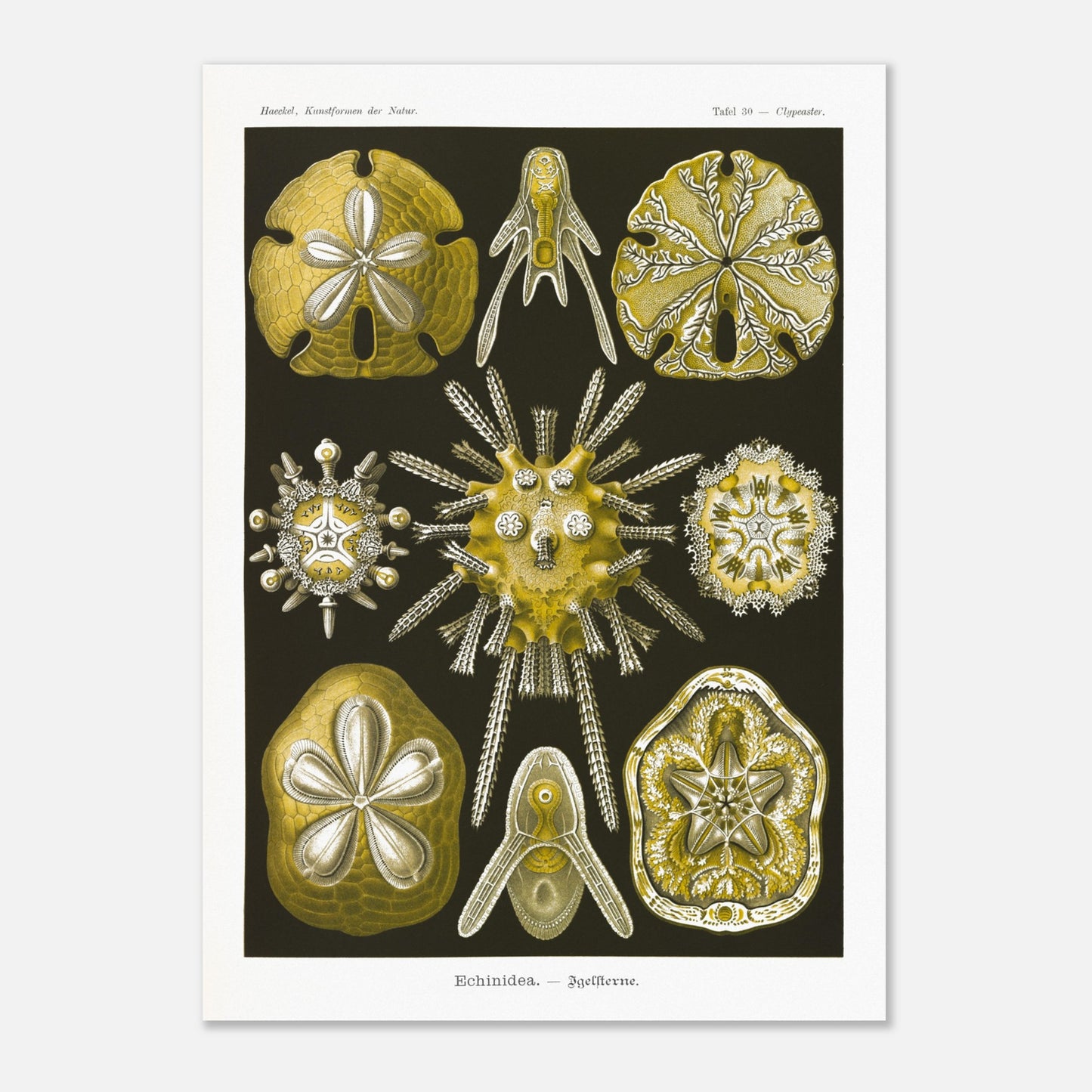
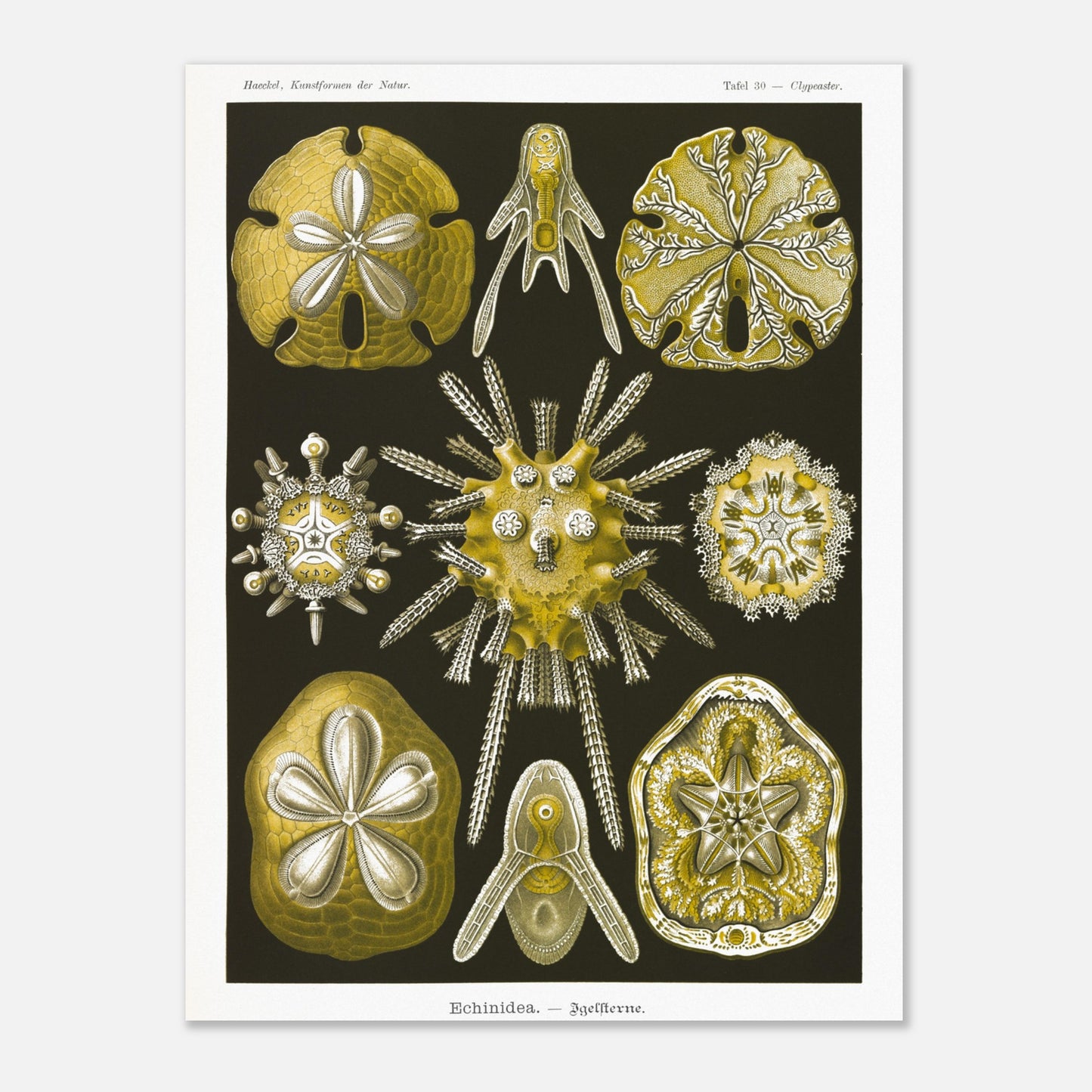
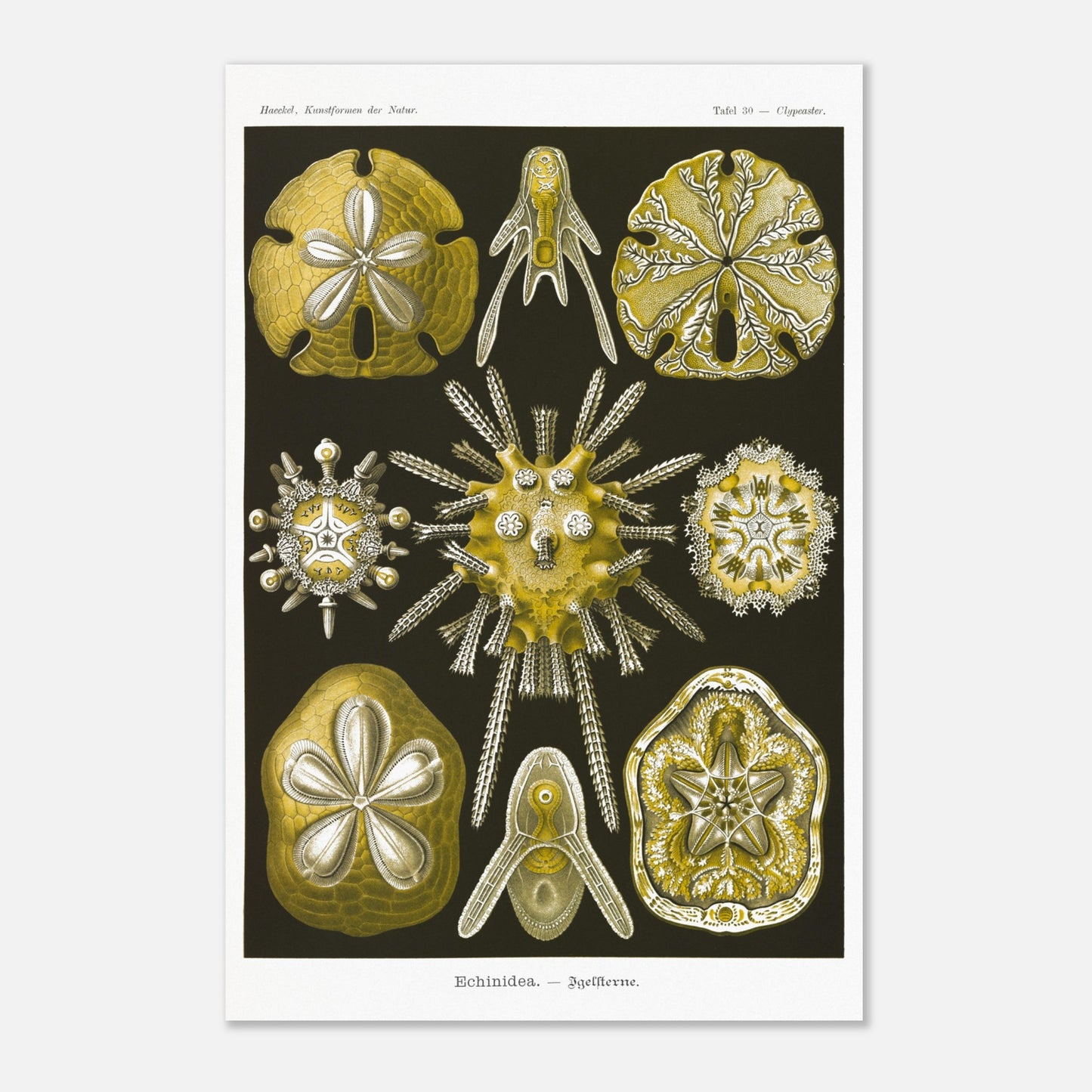
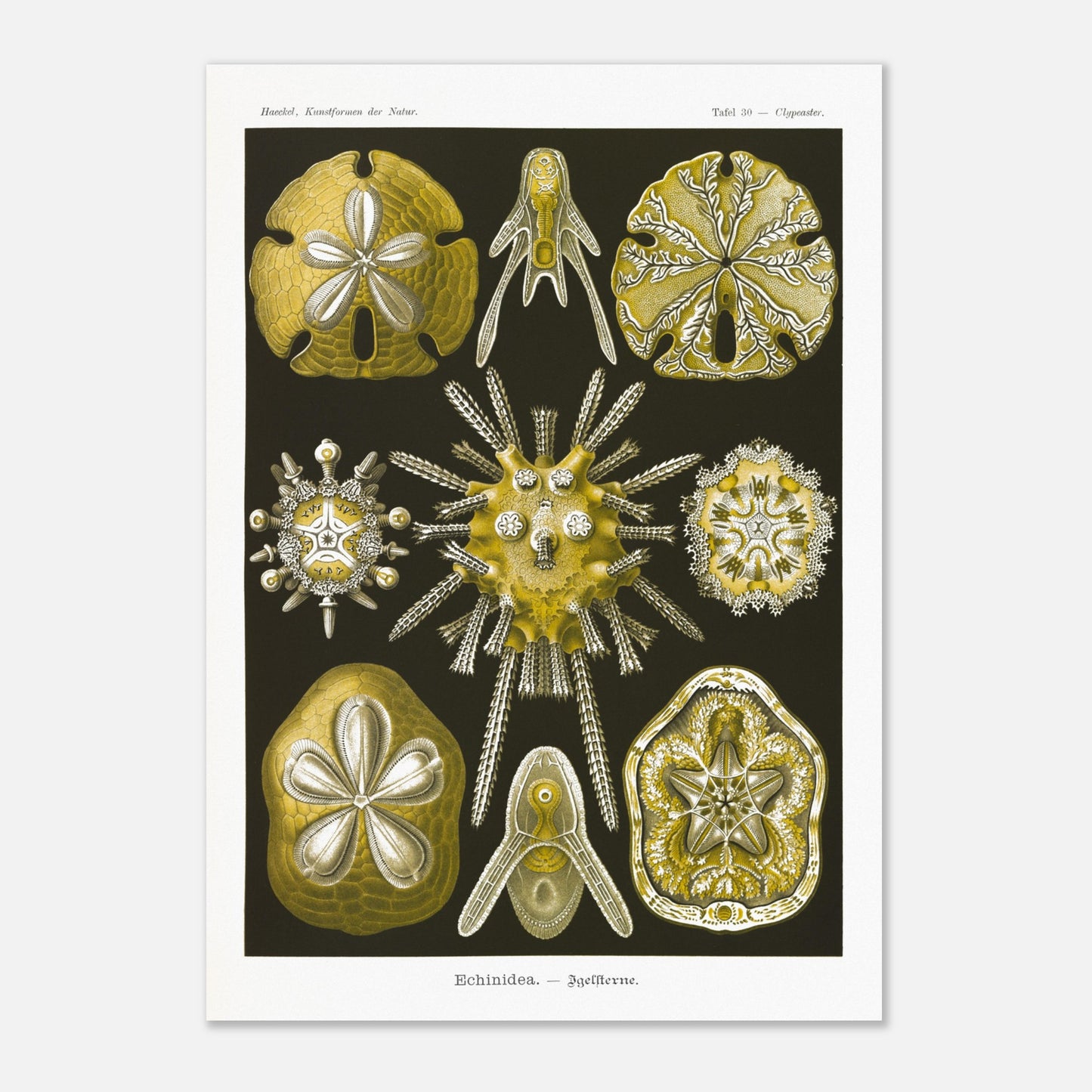
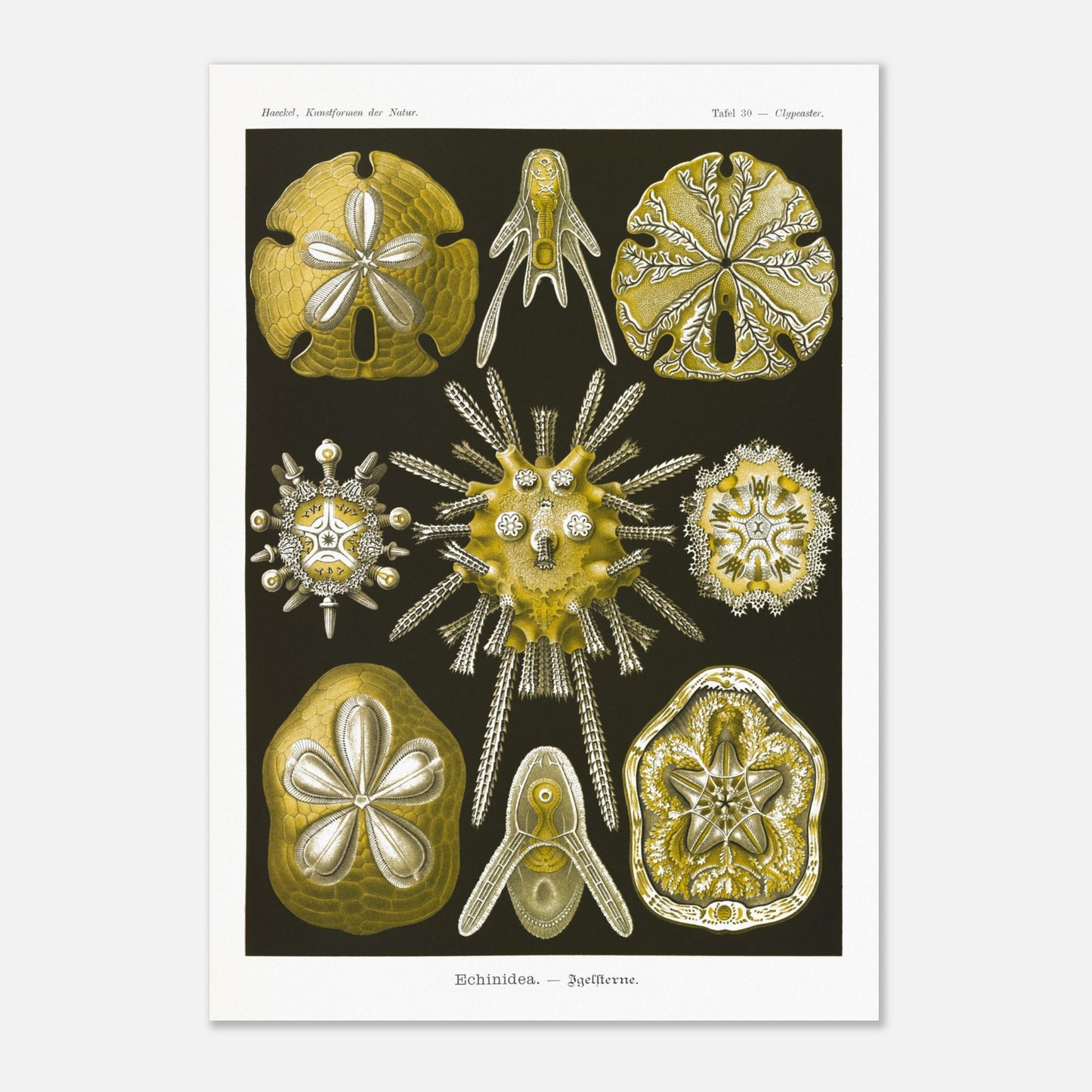
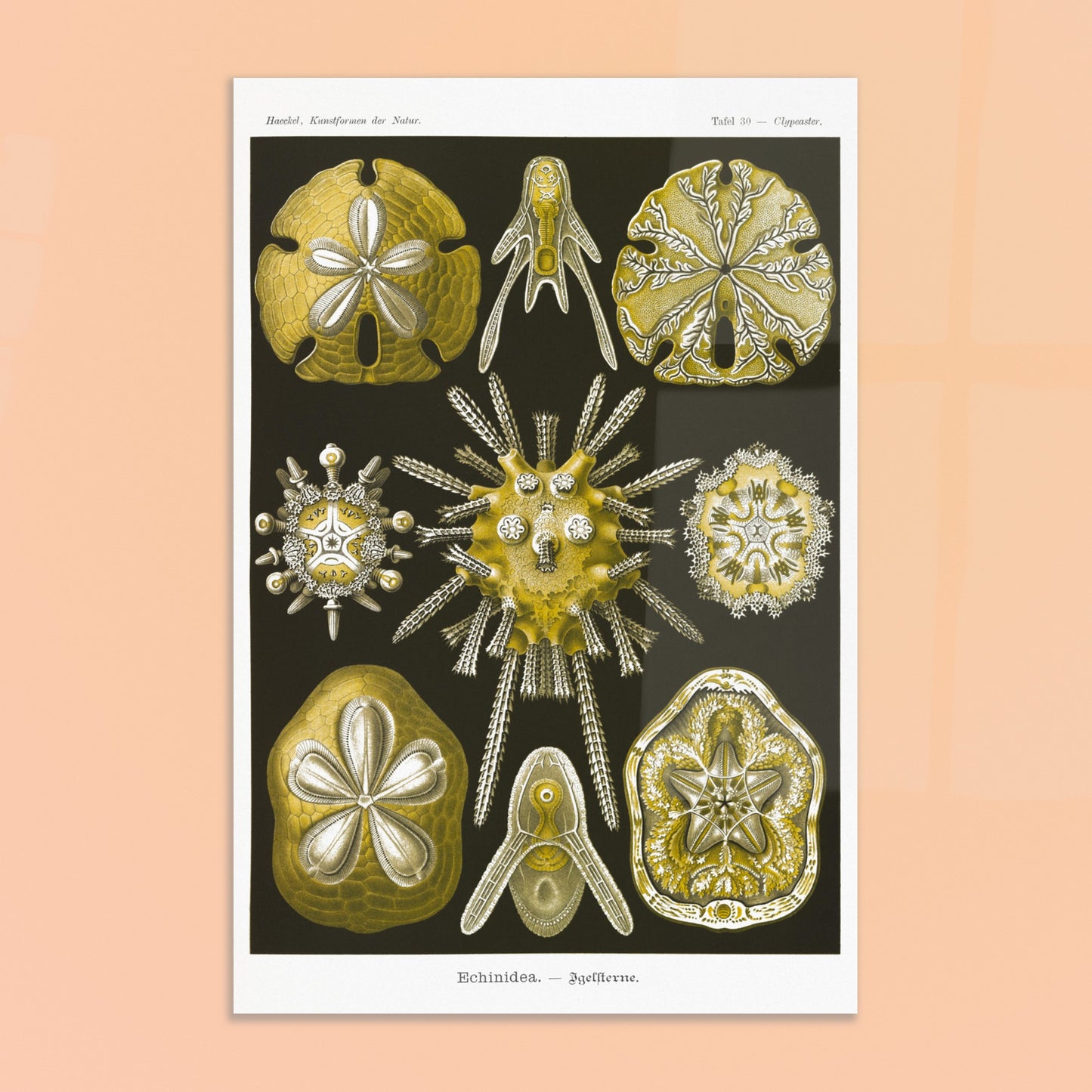
Recently viewed products
We are listening to you
If you are looking for a specific composition, a particular layout, or any other customization need, our team is at your disposal and will do everything possible to meet your requests.
So don't hesitate to...




